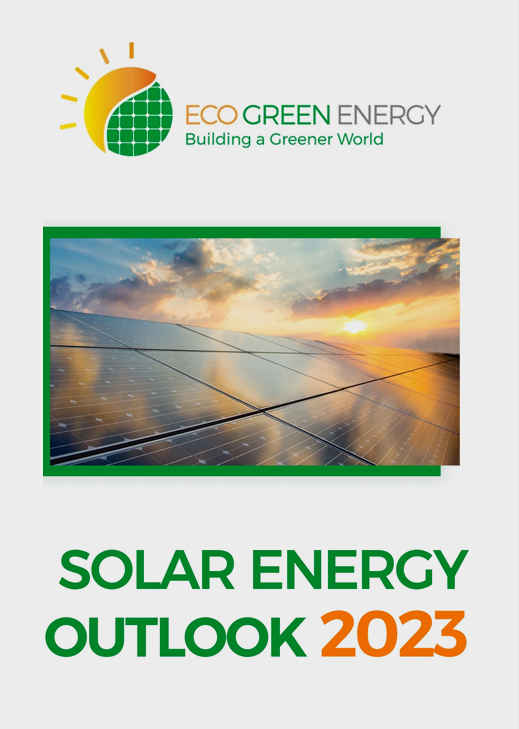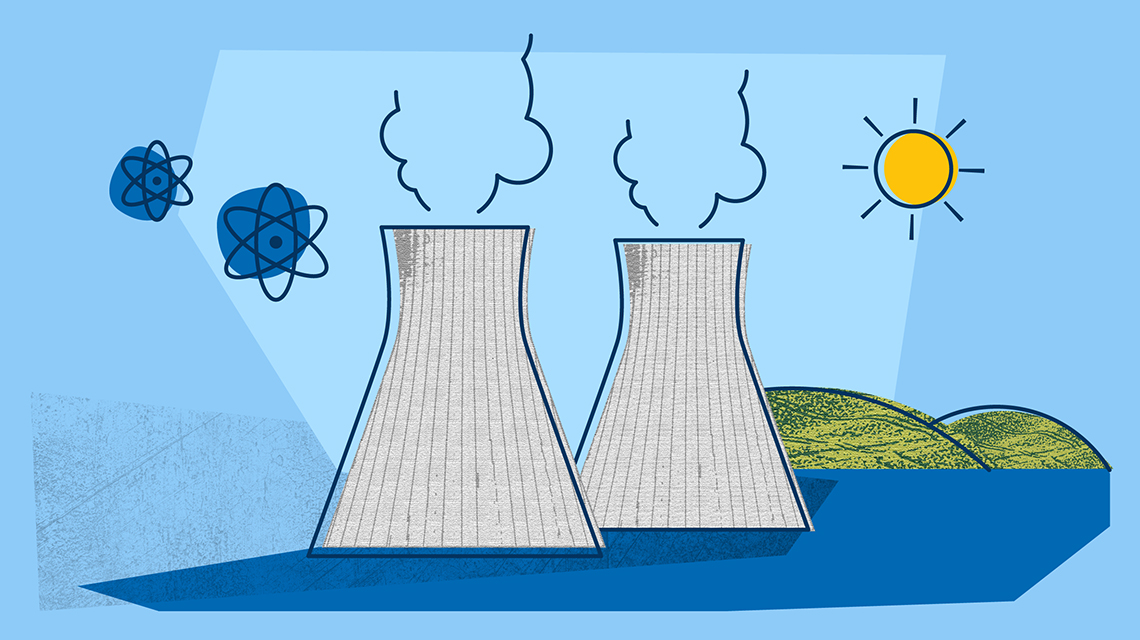Nuclear energy is one of the most powerful and efficient sources of energy on Earth. It is released from the nucleus, or core, of atoms, which are made up of protons and neutrons. This form of energy can be produced in two primary ways: fission, where atomic nuclei split into smaller parts, and fusion, where atomic nuclei combine to form a larger nucleus. While nuclear fission is the technology used globally to generate electricity, nuclear fusion is still in the research and development (R&D) phase. In this article, we will focus on nuclear fission and its role in producing clean, low-carbon energy.
What is Nuclear Fission?
Nuclear fission is a process in which the nucleus of an atom splits into two or more smaller nuclei, releasing energy in the form of heat and radiation. This reaction is triggered when a neutron strikes the nucleus of an atom, such as uranium-235, causing it to split into smaller nuclei like barium and krypton, along with additional neutrons. These newly released neutrons go on to strike other uranium-235 atoms, continuing the chain reaction.
Each time fission occurs, a significant amount of energy is released as heat, which can be converted into electricity. This process is similar to how heat from fossil fuels like coal, oil, and gas is used in conventional power plants, but with one crucial difference: nuclear fission produces minimal greenhouse gas emissions, making it a cleaner source of energy.
How Does a Nuclear Power Plant Work?
Nuclear power plants operate by utilizing controlled nuclear fission reactions within reactors. Inside these reactors, fuel such as uranium-235 undergoes fission, generating heat. This heat is transferred to a cooling agent, typically water, which turns into steam. The steam is then directed to turbines, which spin to activate an electric generator, ultimately producing electricity.
The process of harnessing nuclear energy for electricity generation is highly efficient and produces large amounts of power from small amounts of fuel. This makes nuclear energy an attractive option for large-scale, low-carbon electricity production.
Mining, Enrichment, and Disposal of Uranium
Uranium, the primary fuel used in nuclear reactors, is a naturally occurring metal found in rocks around the world. It exists in different isotopes, including uranium-238 and uranium-235. While uranium-238 is abundant in nature, it cannot sustain a fission chain reaction. On the other hand, uranium-235, which makes up less than 1% of the uranium found on Earth, is capable of undergoing fission and releasing energy.
To make uranium more effective as nuclear fuel, its uranium-235 content must be increased through a process called uranium enrichment. Once enriched, uranium-235 can be used as fuel in nuclear reactors for three to five years. After this period, the spent fuel is still radioactive and must be carefully managed and disposed of in compliance with strict safety regulations to protect both people and the environment.
Used fuel, also known as spent fuel, can sometimes be recycled into new nuclear fuel for use in specialized reactors. This process helps reduce the amount of waste and maximizes the use of available nuclear fuel.
The Nuclear Fuel Cycle
The nuclear fuel cycle refers to the series of processes involved in producing electricity from uranium in nuclear power reactors. The cycle begins with the mining of uranium and ends with the disposal of nuclear waste.
The key steps in the nuclear fuel cycle include:
- Uranium Mining: Extraction of uranium ore from the Earth’s crust.
- Uranium Enrichment: Increasing the proportion of uranium-235 in uranium samples to make it suitable for use as nuclear fuel.
- Fuel Fabrication: Converting enriched uranium into fuel rods.
- Energy Generation: The fuel is used in nuclear reactors to generate electricity.
- Waste Management: Spent fuel and other radioactive waste are managed and disposed of safely.
Nuclear Waste Management
Nuclear power plants generate waste that varies in its level of radioactivity. Radioactive waste is categorized into three types: low-level, intermediate-level, and high-level waste. The most hazardous waste, high-level waste, includes spent fuel that remains radioactive for thousands of years.
Managing nuclear waste is a critical aspect of nuclear energy production. Specialized facilities are designed to store and manage this waste safely, ensuring it does not harm people or the environment. Some countries have developed long-term storage solutions, such as deep geological repositories, to isolate nuclear waste for thousands of years.
The next generation of nuclear reactors, known as innovative advanced reactors, are expected to produce much less nuclear waste than current reactors. These advanced reactors are in development and may be under construction by 2030, bringing safer and more sustainable nuclear energy technology to the global market.
Nuclear Power and Climate Change
Nuclear power is a low-carbon energy source. Unlike coal, oil, or gas, nuclear power plants do not produce carbon dioxide (CO2) during their operation, making them a crucial tool in the fight against climate change. In fact, nuclear reactors currently generate about one-third of the world’s carbon-free electricity, helping to reduce global greenhouse gas emissions.
As the world seeks to meet its climate goals, nuclear energy will play an increasingly important role in providing clean, reliable power. Nuclear power is particularly valuable in regions that are striving to reduce their carbon footprint but face challenges with renewable energy sources like solar or wind, which may not be consistently available.
Nuclear energy, specifically nuclear fission, is a powerful and low-carbon energy source that plays an essential role in the global energy mix. With its ability to generate large amounts of electricity while producing minimal greenhouse gas emissions, nuclear energy is a critical component of efforts to combat climate change and transition to a sustainable energy future.
As nuclear technology advances, the future of nuclear power looks promising, with innovations such as advanced reactors and improved waste management solutions. As we continue to invest in nuclear research and development, we will be better equipped to meet the world’s growing energy demands while minimizing environmental impact.

